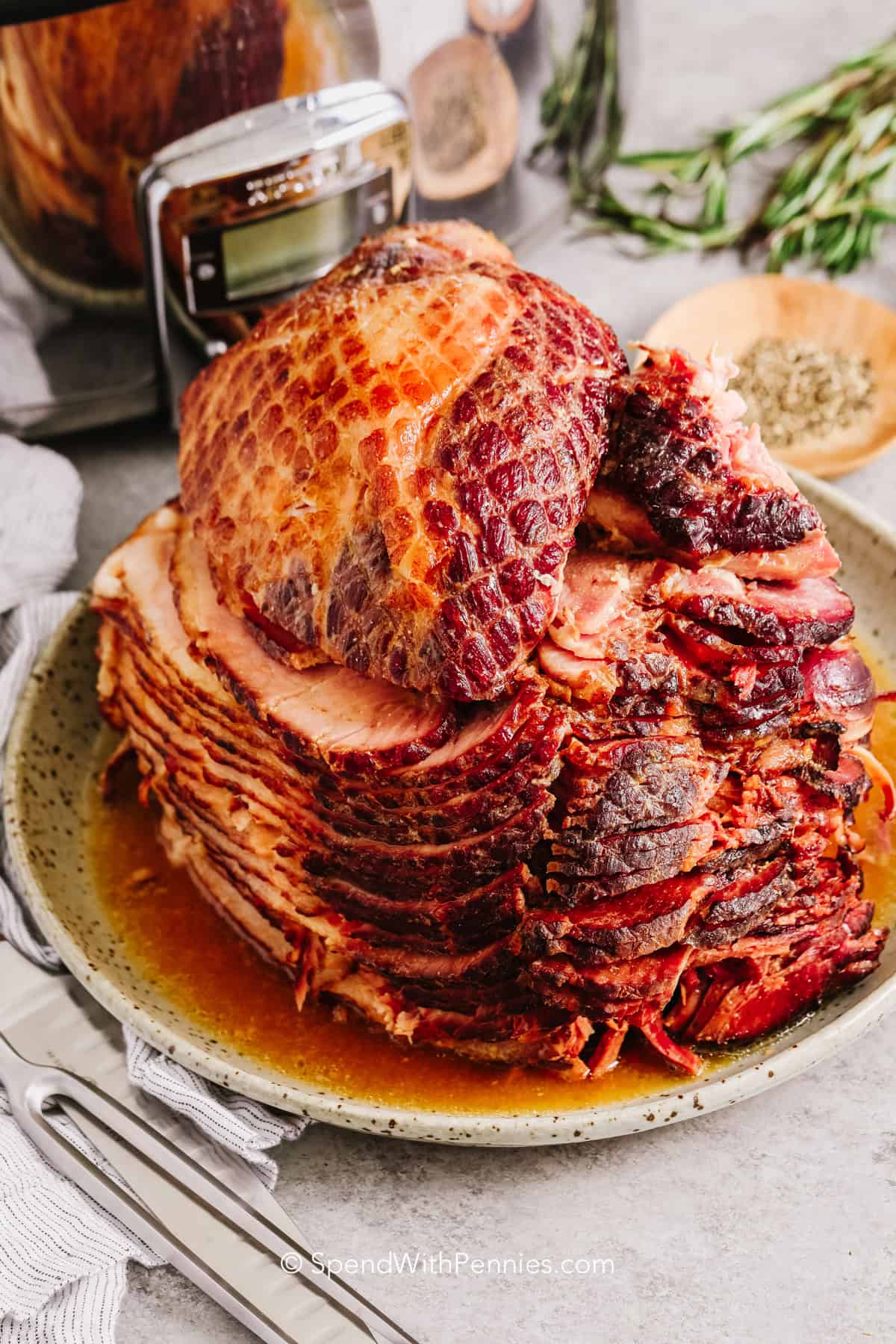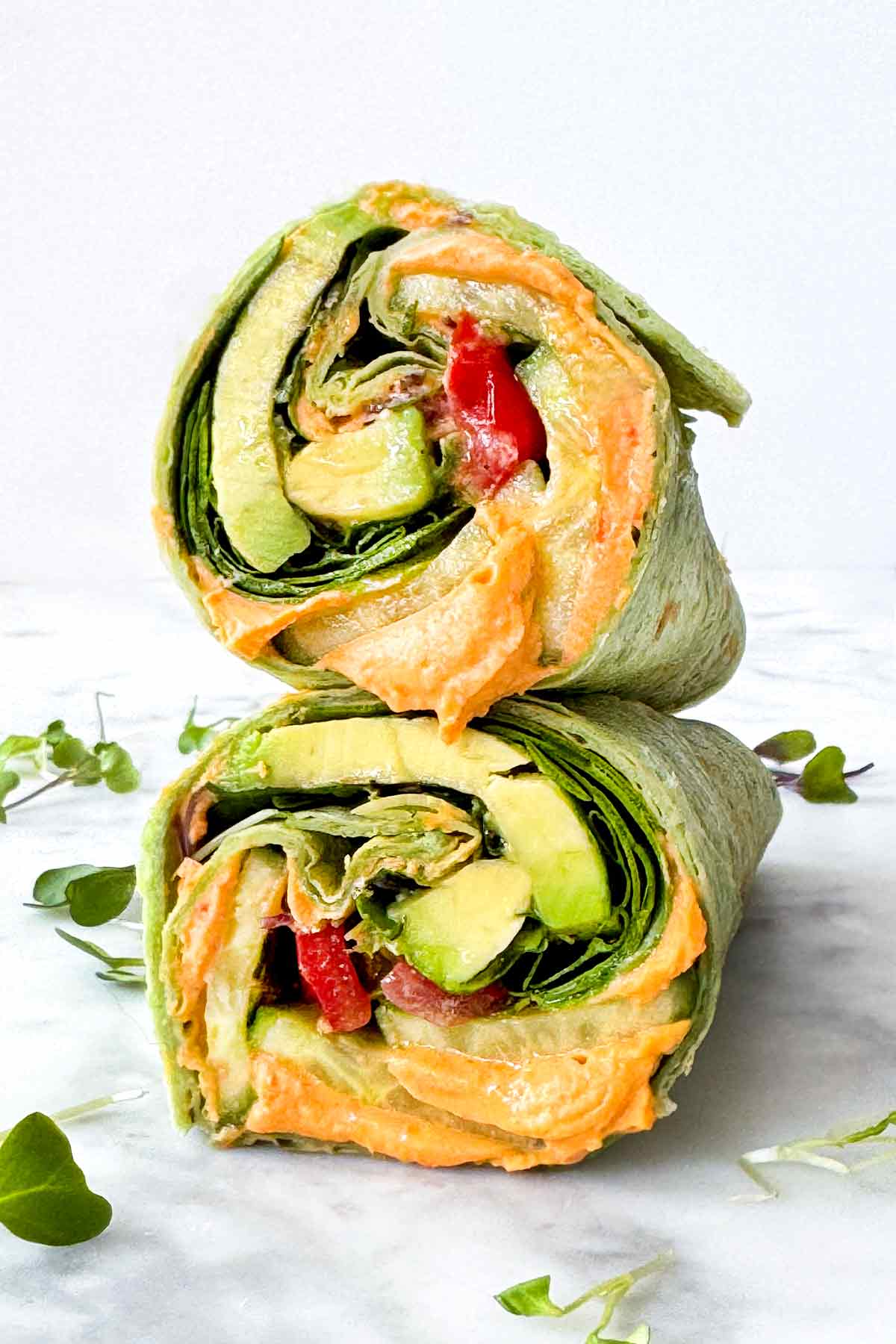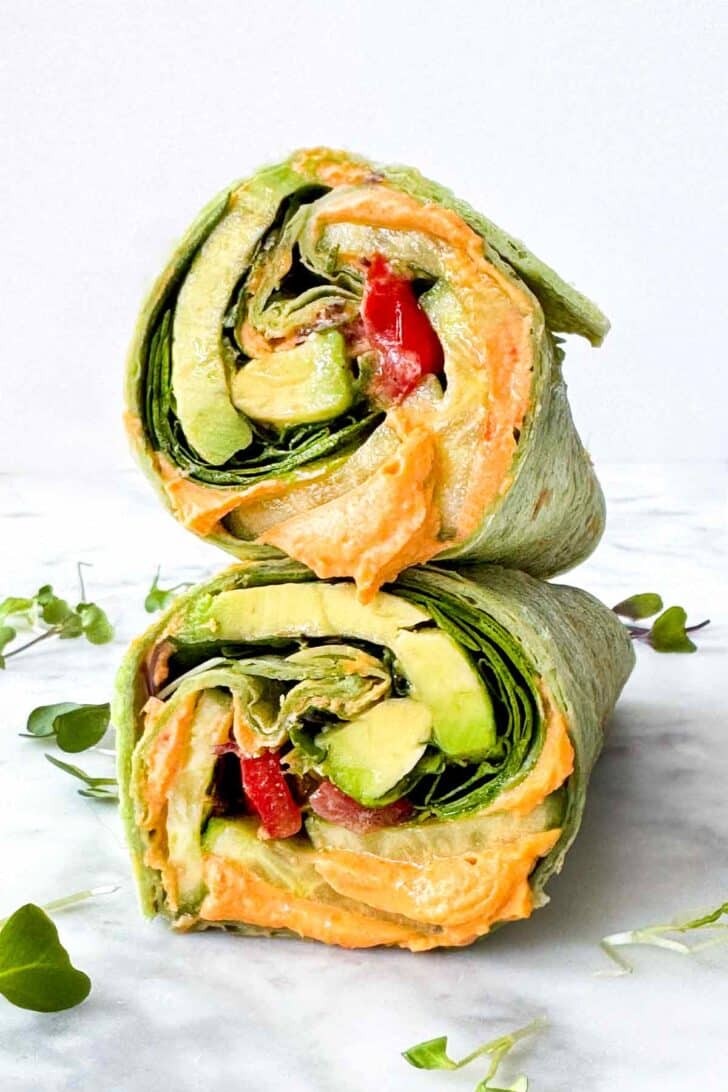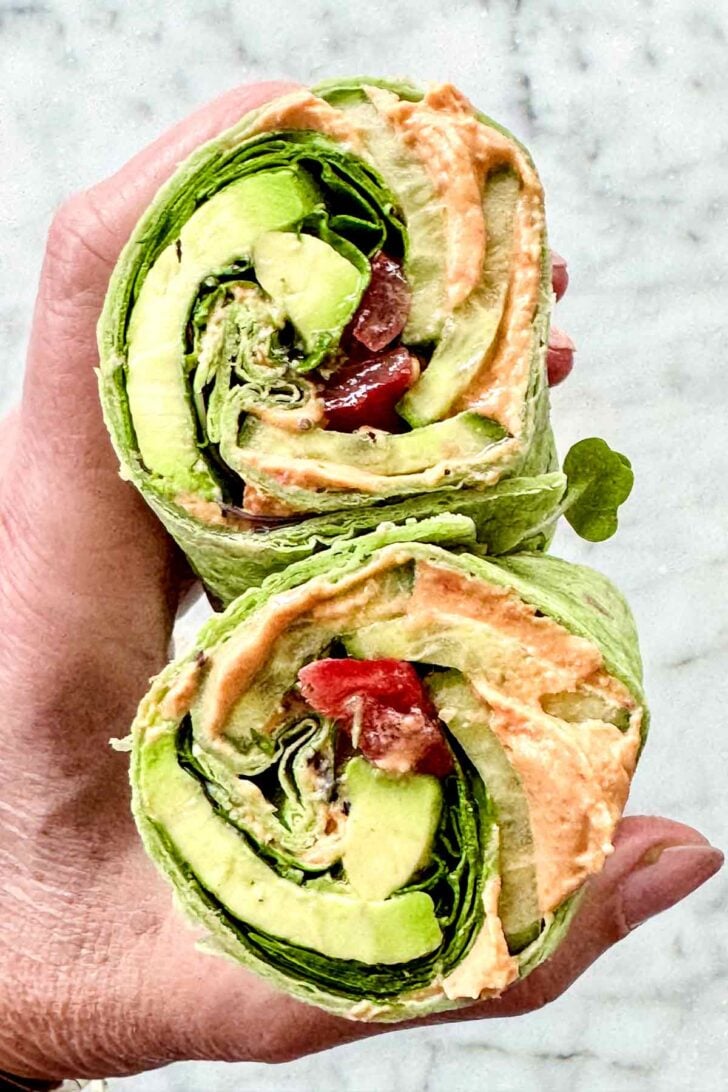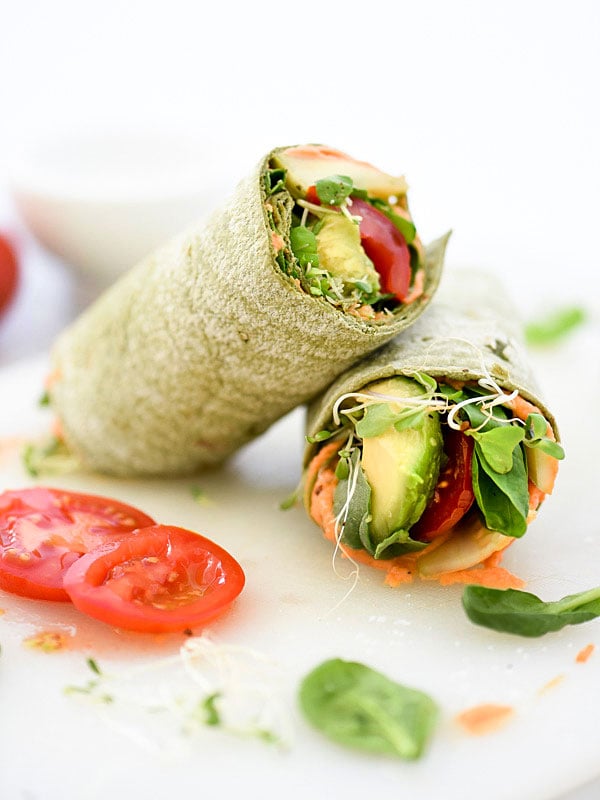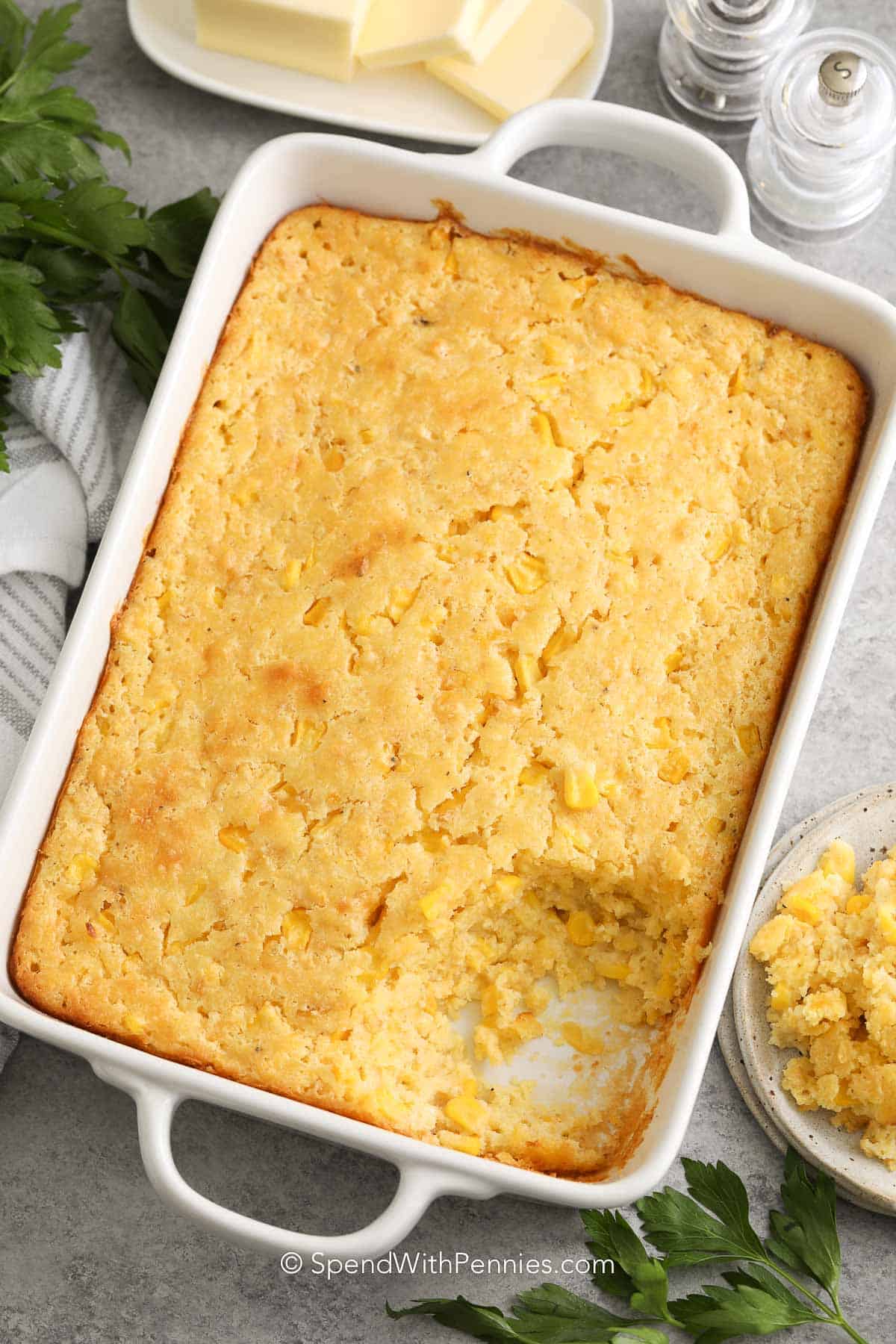I just love hosting, especially for special occasions. It gives me the perfect excuse to decorate with a theme—stylishly, of course. And when it comes to Easter, there’s no shortage of festive and fun ways to set the scene. From pastel colors to bunny decor, Easter has a charm all on its own. But don’t worry—setting up a beautiful Easter table doesn’t have to be complicated!
The best advice I can give when shopping for Easter table essentials is to stick to a color scheme that ties everything together. I chose a mix of pastel blue, pink, and white, with a few accent colors for a fresh and cohesive look.
If you’re wondering where to start, I pulled together my 10 must-haves that instantly make your table look and feel festive. These easy-to-find essentials pull everything together effortlessly while adding a trendy touch of easter magic.And the best part? You can grab all of these with a quick click on Amazon—no last-minute holiday stress here!
Ready to create an Easter table that’s simple, stylish, and festive? Let’s hop to it!
1. Tablecloth or Table Runner
Set the foundation for your Easter table with a festive tablecloth or a simple runner. Whether you go for a classic pastel print or a charming bunny motif, this is the easiest way to create a cohesive look. I love the look of linen tablecloths, and adding a stripe gives it texture and an elegant accent.

Solino Home Linen Stripe Tablecloth
2. Embroidered Bunny Napkins
Swap out your everyday napkins for something a little more special. These beautifully embroidered bunny napkins add a subtle, sophisticated touch to any spring gathering. Plus, they’re handmade, and you can even customize the thread color!

Embroidered Bunny Napkins
3. Napkin Holders
Complete the look of your napkins with sophisticated yet simple white porcelain bunny rings! These delicate details make your table feel perfectly styled for the holiday.

Porcelain Rabbit Napkin Rings
4. Small Bunny Accent Plates
Now to tie all your tableware together! I love keeping my dinner plates plain and classic, but adding small bunny salad plates is the perfect way to introduce a fun seasonal touch. These plates are not only adorable but sturdy, non-toxic, and both microwave- and dishwasher-safe!

Bunny Stoneware Salad Plates
5. Pretty Pink Glasses
Add a pop of color and vintage charm with these delicate pink glasses (available in multiple color options!). They pair beautifully with any Easter table setting and make your drinks feel extra special. Even the kids will love these fancy glasses!

Vintage Pink Glassware
6. Tiered Serving Stand
A must-have for displaying Easter treats, desserts, or even finger foods, a tiered stand makes everything look more festive (and saves space on the table!). This high-quality ceramic stand adds a touch of elegance and works beautifully for any gathering.

Tiered Porcelain Serving Stand
7. Bunny Candle Holder or Vase
I love having candles all around my house and what better way to keep your table cozy and inviting than with a cute bunny candle holder? It doubles as both decor and ambiance—it’s the perfect way to set a warm, welcoming mood for your family and guests this time of year.

Easter Candlestick Holder
8. Table Arrangement
Another piece of the puzzle to my table is always some sort of arrangement. Fresh flowers or even an artificial bouquet add life and color. This year I went for an artificial Easter vine with pastel eggs and berries—a beautiful mix of spring florals and festive Easter decor. It works as a centerpiece or as an accent to the table and really brings in all the colors together.

Decorative Spring Floral Stem Arrangement
9. Table Place Card Holders
I love personalized place cards—it makes guests feel extra special! I am always pleasantly surprised to find my name at a gathering other than a wedding with my name on it. Whether bunny-shaped, floral-inspired, or simple and elegant, it’s a great way to add thoughtfulness to your table setting.

Easter Tent Style Place Cards
10. Easter Bunny Salt & Pepper Shakers
Besides the easter candle holders, why not have a cute yet sophisticated touch with bunny salt and pepper shakers? They serve as both decor and a functional accent for the meal! This adorable bunny salt & pepper set brings everything together.

Bunny Salt & Pepper Set
With these 10 easy essentials, you can create an Easter tablescape that feels festive, stylish, and stress-free. Whether you’re hosting a big family dinner or setting up something simple for two, these details will make your space extra special—and thanks to Amazon, they’re all just a click away!
Happy Easter Decorating!











